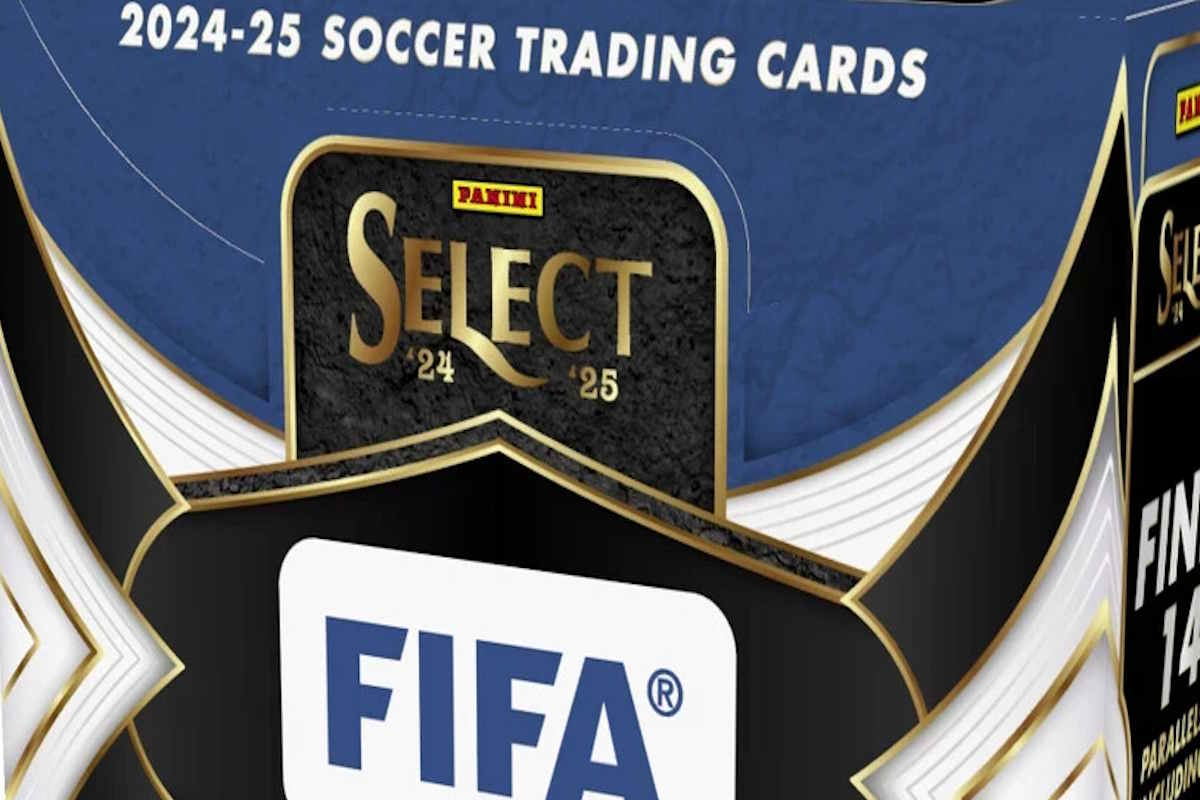

We may now be in the midst of a junk slab era. Some of us are old enough to remember the Junk Wax era. Unfortunately, the overproduction of cards in the late 80s and early 90s wiped out the value of most cards.
Since then, a lot has changed. Card manufacturers release short prints, refractors, and autos with low print runs. These scarce cards are meant to prevent a new era of junk wax.
In short, the main lesson we learned from the junk wax era is that excessive supply lowers the value of cards. Anyone who has taken a single intro to microeconomics class will not be shocked by that finding.
A slab is a card that has been graded by a third-party company and placed in a specially suited transparent plastic container.
PSA began grading cards in 1991 and has become the biggest and most respected company in the field. Since its inception, it has graded over 40 million sports collectibles. Since 1999, its main competitor has been Beckett Grading Services (BGS).
However, they are far from the only company in the market. SGC was founded in 1998 and has specialized in grading vintage cards. They are often considered the third and smallest member of the “big three” grading companies.
Other smaller companies abound, including GMA, HGA, and CSG, to mention a few. However, none of them have really taken off despite PSA and BSG having stopped taking most forms of submission due to a significant backlog.
Between them, the grading companies have produced millions of slabs since the 1990s. So what does this mean for the future value of graded cards?

Slabbed cards are everywhere (look for PSA lots on eBay).
A slab serves several purposes. It protects the cards, provides a guarantee of authenticity (in theory), and gives an objective indication of the card’s condition.
Perhaps its most important function (as a result of the other purposes of the slab) is that it potentially increases the card’s value. Let’s take a look at some examples (prices current at the time of post):
| Card | Grading Company | Raw Value | 8 Graded Card | 9 Graded Card | 10 Graded Card |
| Patrick Ewing Fleer RC | PSA | $89 | $233 | $412 | $5,519 |
| Luka Doncic Silver Prizm RC | BGS | $980 | $1,136 | $2,124 | $5,350 |
| Roberto Clements Rookie | $726 | $1,876
(SGC 3) |
$3,329
(SGC 4) |
$4,127
(SGC 5) |
As you can see, grading cards in good condition can raise their value significantly. That is, of course, the reason so many cards have been submitted to third-party graders in recent years. After all, no one wants to sell a Luka card for $980 when they may net over five grand for the same card.
Indeed, when I looked for examples, it was not easy to find the Luka card in raw form. The increased value is also why crooks are increasingly focused on manufacturing fake slabs for desirable cards.
If you go to the various sports card collectors forums, there are many discussions over the future value of slabs. Most seem to agree that we are headed to a junk slab era. Some envision a future where you will have large bins filled with $1-2 slabs.
There is a reason for concern. For cards above a certain value, it is now standard procedure to grade. That means that specific cards have tens of thousands of graded copies.
When you look at the numbers, it isn’t surprising that PSA and BGS halt grading. For example, on August 24, 2021, PSA graded over 30,000 cards. They are currently on pace to grade 7.7 million cards this year alone. Yes, the numbers are positively mind-boggling. And that is just PSA.
The most graded cards of all time are mostly baseball cards. According to One37PM, the most graded cards are Ken Griffey Jr. rookies. That makes sense considering the classic demographic of collectors and the importance of “the Kid” to that generation. He was a blue-chip prospect, the #1 draft pick, and he certainly panned out. While early comparisons to Willie Mays proved predictably overblown, Griffey was a 13-time All-Star, ten-time Gold Glove winner, MVP, and retired with 630 home runs.
Here are some of the PSA numbers for his rookie cards:
| Card | 8 | 9 | 10 | Total Population |
| Ken Griffey Jr. 1989 Upper Deck | 33,536 | 26,427 | 3,962 | 82,121 |
| Ken Griffey Jr. 1989 Topps Traded | 16,582 | 43,783 | 12,590 | 75,097 |
| Ken Griffey Jr. 1989 Fleer | 16,550 | 27,722 | 4,681 | 50,660 |

This is the most graded card in the world (get Upper Deck Ken Griffey Jr. RC’s on eBay).
How has the massive inflation in graded Griffey Jr. cards influenced their value? To check, we need a comparable player with a significantly lower pop. Unfortunately, finding a comparable player is not easy. Not necessarily because “the Kid” was the greatest player ever. But because he was and remains incredibly beloved.
ESPN ranks Ken as the 35th greatest baseball player of all time. Meanwhile, Bleacher Report ranks him 15th. So let’s look at a couple of players who are not quite as good but still comparable.
One example is Pete Rose. “Charlie Hustle” is ranked 49th by Bleacher Report and 38th by ESPN. Another advantage has over Rose is that he has been inducted into Cooperstown. Meanwhile, the Rose gambling scandal has kept the Reds legend out.
Let’s also look at Ozzie Smith. The man was a legendary defensive shortstop; after all, his nickname was “the Wizard,” but there is no question that he was not as good a player as Junior. Bleacher Report doesn’t even mention him in the top 50, and ESPN has him at 62nd. However, he is a well-loved Hall of Famer as well.
These rookie cards were also compared because they are a much harder grade than the Griffey cards. The Rose ones are, of course, much older. Meanwhile, the Ozzie Smith cards are notorious for their lousy centering.
Let’s look at their pop reports.
| Card | 8 PSA | 9 PSA | 10 PSA | Total Population |
| Pete Rose 1963 Topps (Rookie All-Stars Card) RC | 421 | 30 | 1 | 4,515 |
| Ozzie Smith 1979 Topps RC | 2,222 | 378 | 5 | 7,751 |
As you can see, the Griffey cards have a total population between 10-20 times larger depending on the card. But when it comes to PSA 10s, the population is thousands of times higher. So what does the disproportionate population mean for value?
| Card | 8 PSA | 9 PSA | 10 PSA |
| Pete Rose | $11,215 | $77,114 | $717,000 |
| Ozzie Smith | $408 | $2,202 | $144,000 |
| Ken Griffey Jr. Topps | $24 | $33 | $157 |
The difference in value is so dramatic that there is little need to editorialize. But keep in mind that Griffey was a better player than either of the other two and is more popular with collectors overall.

Due to scarcity, the Pete Rose rookie is a highly valued card (get Pete Rose rookies on eBay).
The high ranking of baseball cards in the all-time most graded lists is mostly a relic of the past. However, the trend is clear; basketball cards are the most graded (and therefore over graded) of all.
Every month 230,000 basketball cards are submitted to PSA. In comparison, 130,000 baseball and 79,000 football cards and a mere 41,000 soccer cards are submitted monthly.
Therefore, while ultra-modern baseball and football cards may be over-graded, the major basketball rookies are the shakiest investment from a market saturation perspective.
Since 2013, Panini Prizm basketball has been the most graded and submitted set.
Here are the numbers annually for graded basketball cards:
| 2011 | 7,302 |
| 2012 | 75,222 |
| 2013 | 54,065 |
| 2014 | 38,692 |
| 2015 | 50,897 |
| 2016 | 92,077 |
| 2017 | 227,277 |
| 2018 | 554,560 |
| 2019 | 1,281,107 |
| 2020 | 27,166 |
As you can see, there was a very significant jump in the mid-2010s. However, from 2016 to 2019, we see an even more significant leap. Indeed, there were about 13 times more basketball cards graded in 2019 than in 2016. PSA’s decision to stop most types of submissions has since slowed things down.
What does the massive increase in submissions mean for card value? Next, I looked at who I judged to be the best rookie in every class. What are their PSA 10 rookie Prizms going for, and what are the populations?
| Card | Value | PSA 10 Pop | Total Pop |
| 2011 Kawhi Leonard (first appeared in Prizm the next year) | $1,075 | 1,125 | 2,264 |
| 2012 Damian Lillard | $830 | 944 | 1,877 |
| 2013 Giannis Antetokounmpo | $2,376 | 2,636 | 4,081 |
| 2014 Joel Embiid | $405 | 1,209 | 2,026 |
| 2015 Nikola Jokic | $641 | 665 | 1,834 |
| 2016 Ben Simmons | $320 | 1,323 | 2,337 |
| 2017 Jayson Tatum | $425 | 5,282 | 10,776 |
| 2018 Luka Doncic | $811 | 17,713 | 32,223 |
| 2019 Zion Williamson | $401 | 19,186 | 35,871 |
| 2020 LaMelo Ball | $736 | 723 | 1,394 |

Zion base rookies are massively over-graded (get Zion Williamson rookie cards on eBay).
Looking at the numbers here, the concept of a junk wax era seems like an exaggeration. First, the massive over grading is evident only in 2018 and 2019 cards, and to a lesser extent in 2017.
Second, it is only severely influencing base cards. Even there, the depreciation of value is not enough to call the affected slabs “junk.” Sure, we are unlikely to see over $2,000 for a Prizm base card again. And yes, Zion PSA 10’s are far too common, but $400 for a base card is still not too shabby.
Third, the pause in PSA grading and the rise in grading prices have put a hold on over grading. It is unclear if the numbers will ever be as high as they were before the pause. My guess is that fewer collectors will bother grading base cards in the future. That will also lessen the effects of the so-called “junk wax” effect.
We are not in a junk wax era. I doubt we will be any time soon either. However, over grading of cards in 2017-2019 is a real problem and does tend to depreciate the value of cards from those years.
It is best to be aware of that and take precautions. It is best to invest in autos and parallels that are not mass-produced for those years and moving forward. Most people who hit these cards will probably grade them. But in most cases, there will not be enough of them around to significantly water down value.
The numbers show that the effect of over-grading has been greatly exaggerated. Nevertheless, the phenomenon has a significant impact on 2017-2019 base cards and (at least so far) not much else. Collectors should be aware that investing in cards with massive populations is not a good idea. However, this is not a hobby threatening problem.
At the end of the day, the card inside matters more than the slab. PSA and BGS cannot turn a common base card into big bucks. However, they also cannot deny the value of an exceptional card.
We also have to keep in mind that the market responds to new information. Therefore, we will see continued submissions of rare cards with higher potential value. However, due to the oversaturation of slabs and the increase in grading prices, we can expect fewer submissions of ultra-modern base cards.
In short, we are not in a junk slab era. However, collectors have to be smart and look at pop reports.
The SAD story of Collectable. What went wrong? (The Downfall Fractional Sports Card Investing)
what was Panini doing? 🙄
I compared sports card prices from the big sellers to save YOU money
Is GameStop buying PSA? (the truth!)
I ripped an entire case of Phoenix Football (BIG win or MASSIVE loss?)
Make an extra 30% PROFIT on eBay with this sports card hack
What's your biggest trading card regret? This is a safe space. 🤣
I used ChatGPT to invest in sports cards (and make this thumbnail lol)

BCW Thick Card Toploaders 197 Pt. 10 per pack
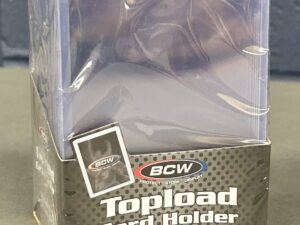
BCW Thick Card 59 Pt. Toploaders. 25 per pack

BCW 20 Pt. Toploaders. 25 per pack
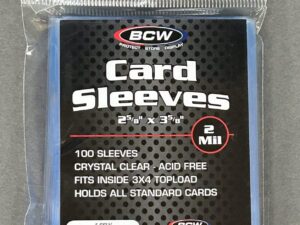
BCW Standard Card Sleeves. 100 per pack
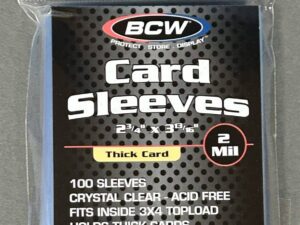
BCW Thick Card Sleeves. 100 per pack

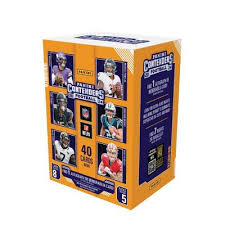
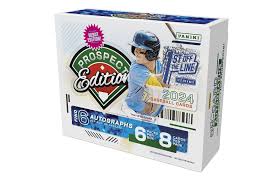
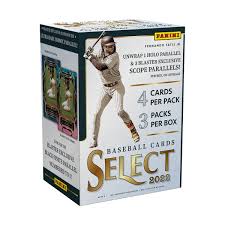
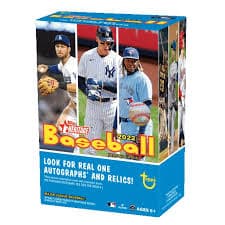
2022 Topps Heritage Baseball Blaster Box Configuration: 7 Packs per Box – 9 Cards per Box. Plus 1 extra pack.
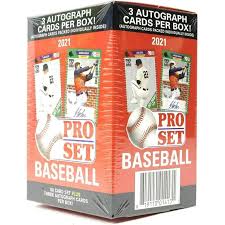
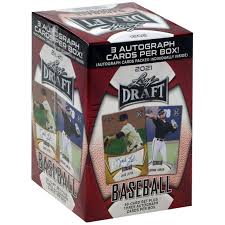
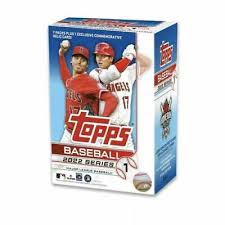
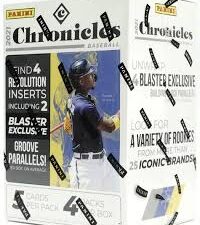
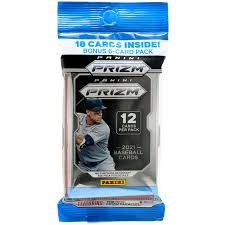
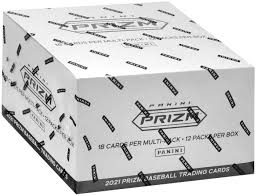

© Copyright 2025 - All rights reserved Cardlines.com / Media Techs LLC - Sports Card News, Reviews, Releases and BREAKS - #thehobby.
Important: When you click on links to various merchants on this site and make a purchase, this can result in this site earning a commission. Affiliate programs and affiliations include, but are not limited to, the eBay Partner Network.
I opened a sports card mystery box and found something AWESOME inside
Cardlines June 20, 2025 7:00 am